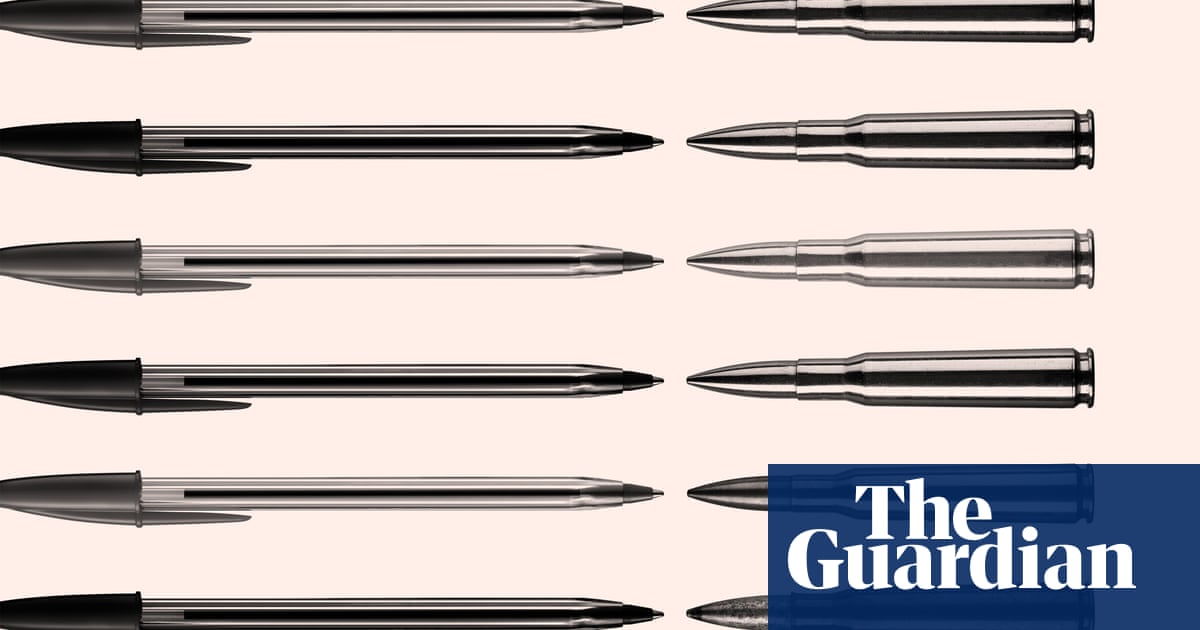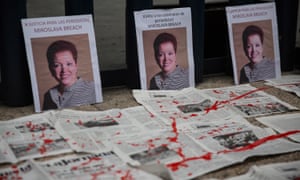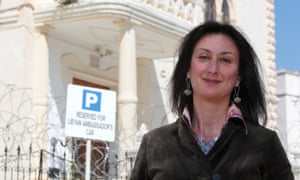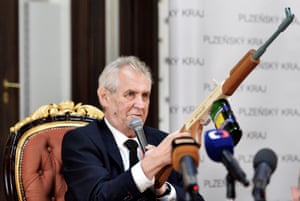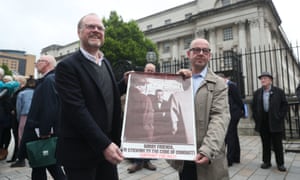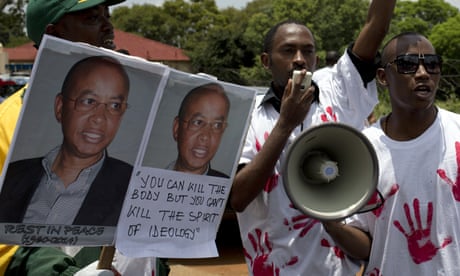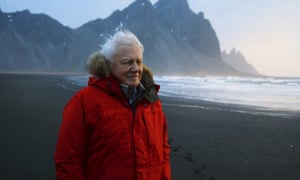South Korea 'comfort women' activist group battles to survive amid scandal
The South Korean organization that first raised the issue of "comfort women" is defending its activities as counter-protests grow.
ByElizabeth Shim
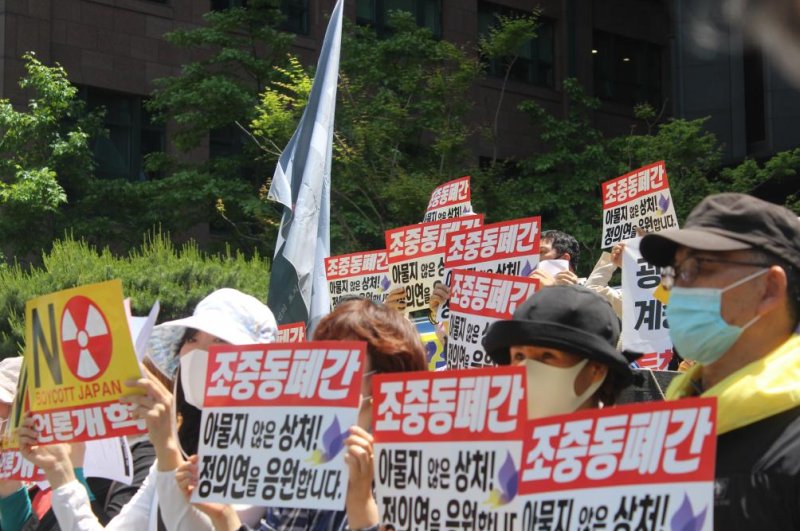
Activists protest local newspapers that have published stories about Yoon Mi-hyang of the Korean Council for Justice and Remembrance for the Issues of Military Sexual Slavery outside the Japanese Embassy in Seoul on Wednesday. Photo by Elizabeth Shim/UPI
SEOUL, May 27 (UPI) -- An influential South Korean organization that has claimed for decades it represents the interests of "comfort women" forced to work in Japanese wartime brothels may be fighting for its life, in the wake of fund misappropriation allegations against the group's founder, Yoon Mi-hyang.
The Korean Council for Justice and Remembrance for the Issues of Military Sexual Slavery suggested at its weekly rally on Wednesday that the organization has been hit hard, following accusations from former comfort woman Lee Yong-soo that the victims were used as a front for Yoon's donation drives.
The group did not clarify whether the setbacks were financial, but did say activities among affiliated groups had "diminished" in the wake of the charges.
Lee Na-young, the newly elected president of the council, said the organization is "looking back and re-examining" the group's mistakes, including "being unable to resolve the pain of the victims and the prolonging of the problem for 30 or so years."
RELATED Exchange with North Korea must resume, South's politicians say
Lee did not directly address the accusations against Yoon, which include purchasing personal real estate and paying for tuition at an expensive U.S. school -- using money intended for the victims. The organization is believed to have collected at least millions of dollars.
Lee said the scandal fundamentally undermines the meaning and value of the comfort women movement, namely compelling the Japanese government to apologize for Japan's history of sexual violence.
Accusations directed at the council "reverse the progress of the last 30 years," Lee claimed.
RELATED Ex-comfort woman decries 'betrayal' in South Korea activist scandal
The new head of the council also took a moment to defend Yoon, calling her an activist who "devoted her entire life to solve the issue of Japanese wartime sex slavery."Accountability issues
One of the ways the council grew its presence was to bring former victims of wartime rape stations to the rallies. Many former comfort women took part in the rallies over the years, including Lee Yong-soo. On Wednesday, none of the elderly women came out to support Yoon.
Lauren Richardson, director of studies and lecturer at the Asia-Pacific College of Diplomacy at the Australian National University, told UPI in an email the council and the victims have a long history of tensions, and that their interests have not always aligned.
RELATED South Korea legal group denies urging repatriation of defectors
"This is because the council was never led by victims, but activists," Richardson said. "Therefore there have always been accountability issues with its representation of the victims."
The analyst said the council did help bring the women public and official recognition, but the group may have sought Japanese state-level compensation even when some of the victims "were prepared to settle for less."
Misappropriation of funds by the council was also suspected decades ago, when Japanese professors involved in implementing the 1995 Asian Women's Fund in South Korea complained the money was not reaching the victims, according to Richardson.
Clusters of counter-protesters surrounded the council's rally on Wednesday. The different groups appeared to agree on Yoon's culpability, but varied slightly on the issue of relations with Japan.
Right wing South Korean groups The Wind of Freedom, Freedom Korea National Defense Corps and Turn Right, said Wednesday Yoon did not even provide meals for the elderly victims as she "dragged them from rally to rally," even though the "grandmothers complained they were hungry."
"If you have a conscience, if you have been using the grandmothers to forward your own agenda, the least you can do is give them something to eat," they said.
The conservative coalition of groups did not suggest the search for a just solution to past sufferings should be suspended because of the accusations against Yoon, even as the council said the demise of the group would lead to an end to the comfort women movement. They focused instead on the charge that Yoon "emptied the pockets of citizens in order to enrich herself, for her glory and honor."
"She fooled us for 30 years, while emptying out the piggy banks of small children. Yoon swindled the grandmothers."
Ex-comfort woman decries 'betrayal' in South Korea activist scandal
By Elizabeth Shim
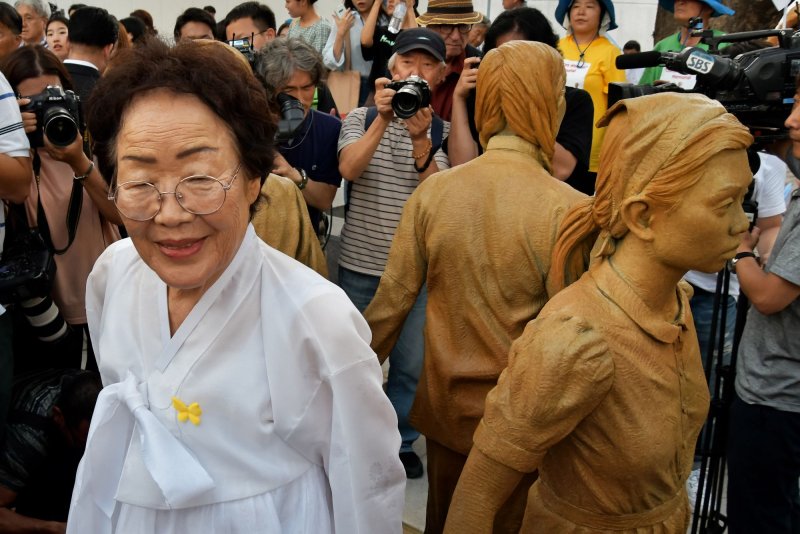
Former South Korean comfort woman Lee Yong-soo has spoken out against Yoon Mi-hyang, head of the Korean Council for Justice and Remembrance. File Photo by Keizo Mori/UPI | License Photo
May 25 (UPI) -- The former South Korean comfort woman who accused an activist of misappropriating funds said Monday she had been "betrayed overnight" after being "used" by lawmaker-elect Yoon Mi-hyang for three decades.
Lee Yong-soo, 91, said Monday at a press conference in the South Korean city of Daegu her relationship with Yoon began in June 1992, Yonhap reported.
Yoon had requested former comfort women who had come forward at the time to gather at a church, where, according to Lee, Yoon distributed about $1,000 in cash to each woman.
According to Lee, Yoon claimed the money was from a retired teacher in Japan. Lee also said she had no idea how Yoon handled cash as Yoon grew her organization, presently known as the Korean Council for Justice and Remembrance for the Issues of Military Sexual Slavery.
RELATED Accusations against South Korea comfort women activist center on real estate deals
Referring to allegations Yoon used comfort women funds collected from the public -- including South Korean and Japanese students -- to enrich herself, Lee said she had been "living in the dark."
"Had I known the Japanese had paid 1 billion yen, I would have sent it back," Lee told reporters, referring to the 2015 formal agreement between Japanese Prime Minister Shinzo Abe and former South Korean President Park Geun-hye. Yoon may have been apprised of the fund while leaving the surviving victims in the dark.
The money was returned following protests from some of the victims.
On Monday, Lee also said Yoon had "committed a crime," and should be justly punished.
Lauren Richardson, director of studies and lecturer at the Asia-Pacific College of Diplomacy at the Australian National University, told UPI on Monday the Korean Council played a definitive role in the failure of the 2015 accord, which "did not meet its demands."
"It's important to note that some of the former 'comfort women' are in agreement with the Council's demands, but some are not," Richardson said.
The Council rejected offers from Japan on behalf of victims, even when some of the victims were "prepared to settle for less."
Misappropriation of funds by the Council was also suspected decades ago, when some of the Japanese professors involved in implementing the 1995 Asian Women's Fund in South Korea complained the money was not reaching the victims, according to Richardson.
Accusations against South Korea comfort women activist center on real estate deals
By Elizabeth Shim

A South Korean activist at the forefront of comfort women's issues is under growing scrutiny. File Photo by Keizo Mori/UPI | License Photo
May 18 (UPI) -- A prominent South Korean activist who advocates for former comfort women is refusing to resign as allegations grow over misappropriated funds intended for victims of Japanese wartime brothels.
Yoon Mi-hyang, president of the Korean Council for Justice and Remembrance for the Issues of Military Sexual Slavery by Japan, is accused of misusing funds for a comfort women community home and possibly using donations to purchase her personal apartment in 2012, Yonhap reported Monday.
The community-living facility for the elderly women, located outside Seoul, was purchased by Yoon's NGO for about $600,000. The group received donations from Hyundai Heavy Industries, according to The Korea Times.
Meanwhile, Yoon's father received about $60,000 for maintaining the building.
RELATED North Korea denied abducting South Koreans on 1969 flight, document shows
The Korean Council also spent about $80,000 on interior design for the house.
In an interview with South Korea's CBS Radio, Yoon, a lawmaker-elect with the ruling Democratic Party, said the money on interior design and equipment was spent in order to "make the grandmothers feel good" about their residence.
The women were never moved into the house, however, according to reports.
Yoon has also denied claims she purchased her current home, an apartment, using funds from her organization. According to local reports, the activist purchased her home before she sold her previous house, inviting allegations she may have used funds that did not belong to her household.
A Korean Council source told local newspaper Hankyoreh the organization has always been "a one-woman system" under Yoon for 20 years. Employees and volunteers are not trusted with internal information, particularly on the flow of funds, which may have been under the exclusive supervision of Yoon.
Yoon's appointment to the National Assembly came under scrutiny earlier this month, when former comfort woman Lee Yong-soo accused the activist of misappropriating funds and "using" past victims of wartime rape stations as a front for her money-raising activities.
Lee, who has said she was first raped at the age of 16 at a Japanese military brothel in Taiwan, told reporters she and other women had never seen the funds raised during rallies and other donation drives. Yoon has not addressed Lee's charges directly.
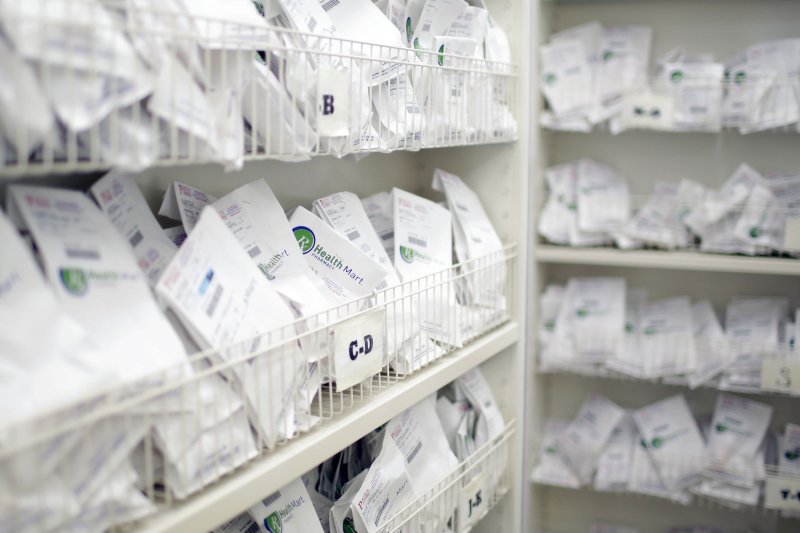




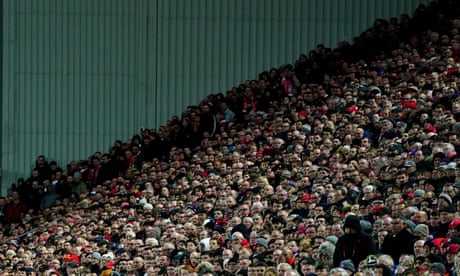


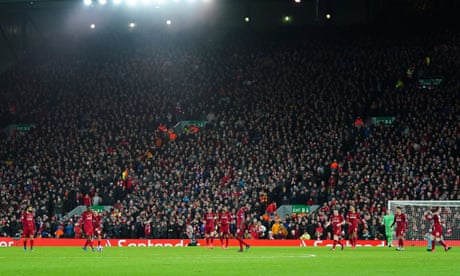
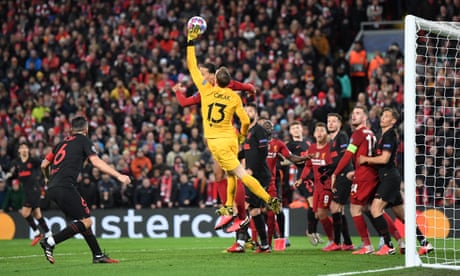
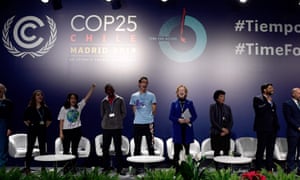





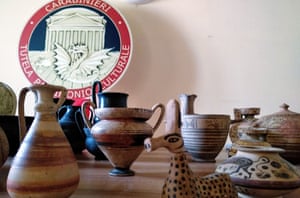
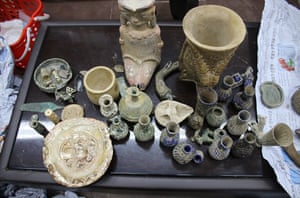
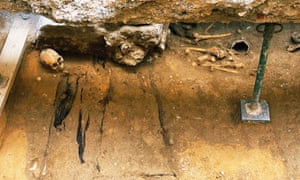
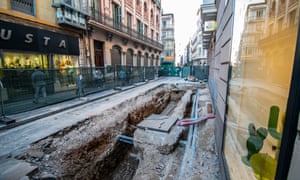
_(ef04def6065c81ceb7d81c967f1e2095c2d32a4d).png?width=300&quality=85&auto=format&fit=max&s=e9b9293758a22d40baaefc91e2ea77e9)



